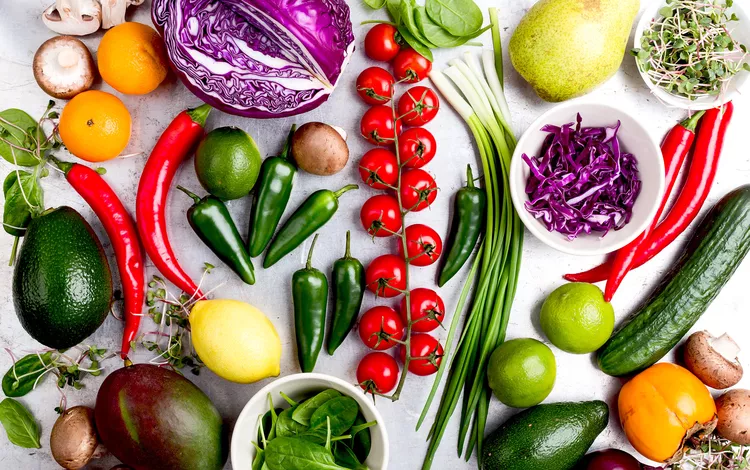What Is Natural Flavor? Here’s What It Means on Food Labels

Natural flavor is listed as an ingredient on all kinds of products such as sodas, breakfast cereals, trendy bubbly waters, and even plant-based meat. But what exactly goes into making these natural flavorings, and what does “natural flavors” mean?
The term natural flavor or natural flavoring is defined by the FDA as “a substance extracted, distilled, or similarly derived from natural sources like plants (fruits, herbs, veggies, barks, roots, etc.) or animals (meat, dairy products, eggs, etc.) via a method of heating, with its primary function in food being flavoring not nutritional.”
Wait, what? This seemed so broad and confusing that we decided to learn more about how these “natural flavors” used in almost all of the food and drink products we enjoy on the regular are created. With the help of Marie Wright, chief global flavorist (yep, that’s a job) for Archer Daniels Midland (ADM), some of the mystery behind what natural flavor means is put to bed.
What Is Flavor?
Before we get to the “natural flavor” ingredient makeup, it’s important to know what makes a flavor. Each flavor we taste is made of molecules. “People get freaked out by the word ‘chemical’ or ‘molecule’ even though we’re made of chemicals,” Wright says.
To get a better understanding, Wright says the next time you go to eat any natural product (such as a piece of fruit, vegetable, or meat), pinch your nose and put whatever it is in your mouth “so you’re not tricking yourself” and chew a little bit before releasing your nose. Wright calls this the “magic whoosh.” What happens here is flavor molecules are released, and your brain recognizes that what you’re eating is, say, a strawberry. And that single strawberry is made up of around 250 to 300 molecules to create that specific flavor composition.
What Are Natural Flavors?
As a chemist and part artist, Wright’s job as a flavorist is to translate the “magic whoosh” to make your brain recognize that what you’re eating or drinking tastes like you think it should. This is where those molecules come into play, and it gets a bit scientific per a Harvard study.
A strawberry soda, for example, has “strawberry essences in a strawberry flavor,” not fresh strawberry juice, says Wright. This is because fresh strawberry juice doesn’t have much shelf life. Also, adds Wright, the extract needs to be combined with other flavors (such as jasmine, vanilla, or raspberry) to make it intense enough to flavor a product. An aromatic component (usually in the form of an extract like vanilla) gets diluted (with oils, water, etc.) before going into your soda, yogurt, fruit snack, or whatever it may be.
Are Natural Flavors Safe?
Creating a natural flavor is always done according to regulations, ensuring every ingredient used is considered safe. (Wright says most flavors fall into the natural flavor category.) All the natural flavorings created by Wright’s team, and all other flavorists, are regulated by Flavor Extract Manufacturers Association (FEMA). FEMA is the authority in evaluating the safe and responsible use of flavorings. It also keeps an eye on the state and legislative regulations that may require label changes.
Wright says natural flavors are in no way harmful to your health, and they don’t have any nutritional value or calories. So just because it says “natural” doesn’t mean there are any health benefits.